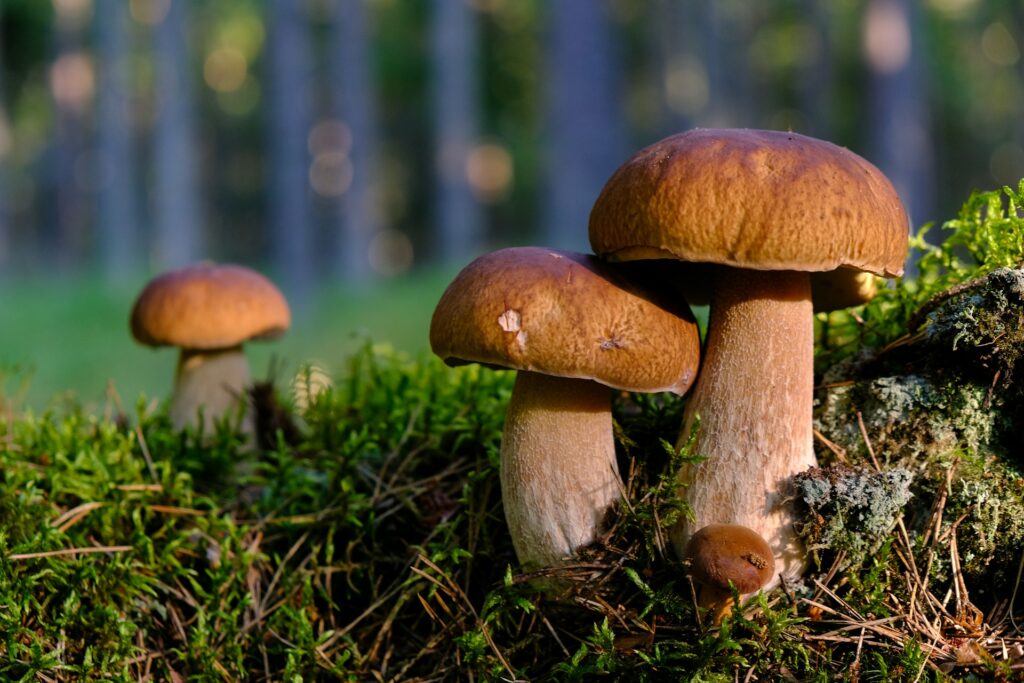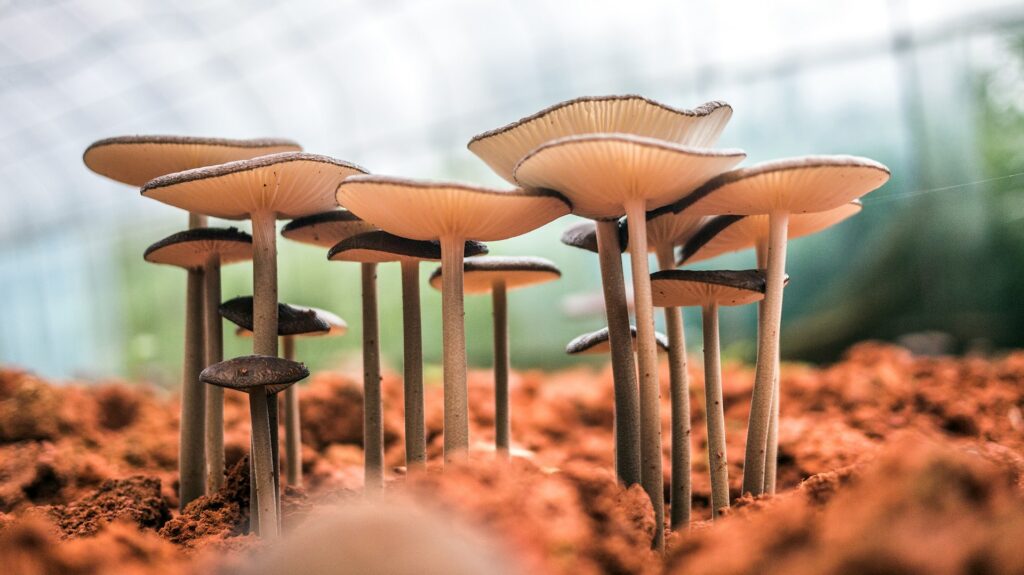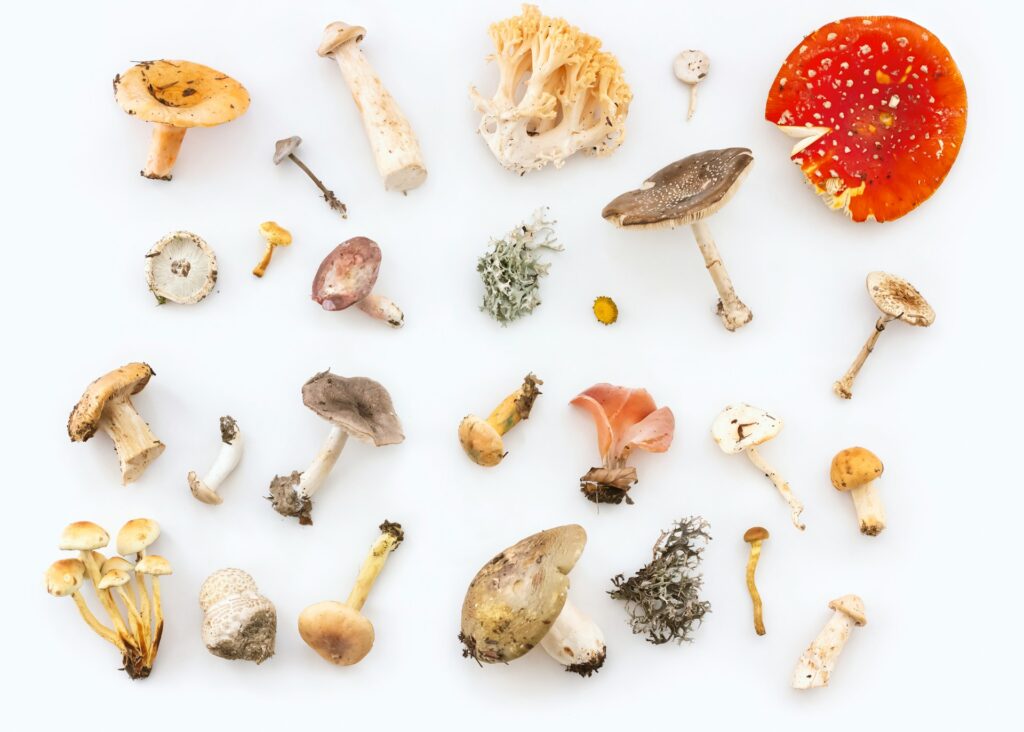Understanding how mushrooms grow helps you appreciate the beauty and complexity of these fascinating fungi. Unlike plants, mushrooms don’t use seeds. Instead, they begin life as tiny spores that are released from mature mushroom caps.
When spores land on a suitable growing medium—like wood, straw, or soil—they germinate and form thread-like structures called hyphae. As hyphae from different spores meet and fuse, they develop into mycelium, a white, root-like network that forms the foundation of the mushroom.
Given the right conditions—humidity, temperature, and airflow—the mycelium will eventually produce a “fruiting body,” which is the mushroom we eat. This process can take anywhere from a few weeks to several months depending on the species.
Once the mushroom matures, it releases its own spores, starting the cycle all over again. At our farm, we carefully control this process to ensure maximum yield and quality. Each stage is closely monitored, from sterilization to colonization and fruiting.
Knowing this cycle not only enhances your appreciation for mushrooms but also improves your success in growing them.


